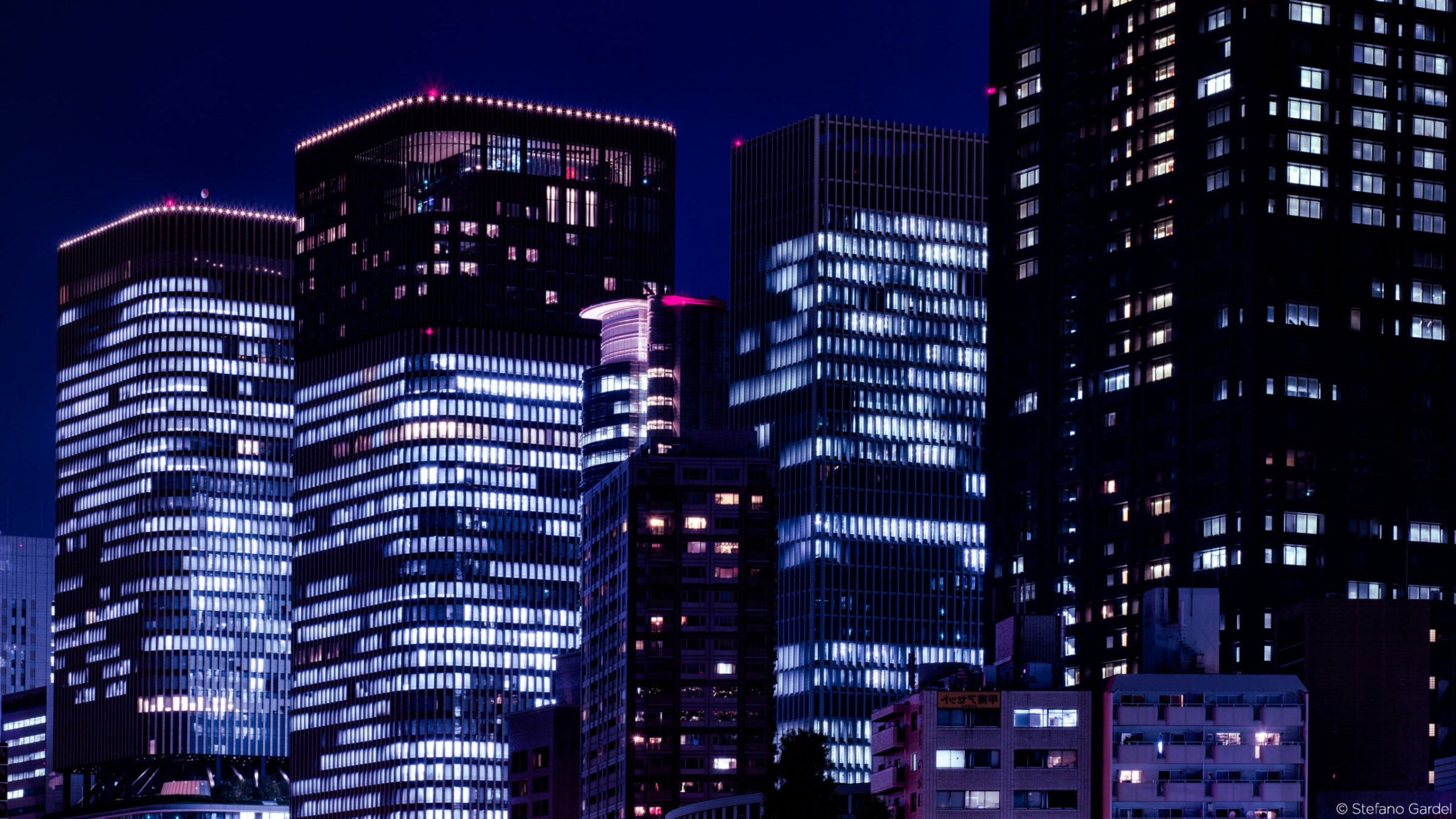Stefano Gardel hasn’t been a photographer for long, but in that time, his unique point of view has helped him become a rising star. We sat down with Stefano to find out more about his Neon Future series, shot in Japan.
How did you get into photography?
I have to say, that I do not consider myself a photographer. I started only 3 years ago, and I am self-taught. Then last year, I changed from my regular job as a Chiropractor to do photography full time. I was selling through several art galleries, and when I saw my images being sold, I started to think, “I wonder if I could do this as my job.” So now I am doing it as my main job. I don’t have a lot of knowledge as far as being a photographer…I actually learned just about everything I know on YouTube. But I have to say, that in digital photography, it’s not that difficult to get started if you have a strong point of view and some motivation. I call myself and my site “59th Attempt”, because that’s more or less the amount of times it takes me to make the pictures that I really like. And with digital photography, the thing is that I can take as many pictures as I want, and try as many times as I want, and I can immediately review what I am doing. It’s really great instant feedback and allows me to improve my process and learn.
Can you tell us a bit about your Neon Future series?
I approach my work from more of an aesthetic point of view. So what I really looked for in this trip to Japan was finding something that had a bit of a Blade Runner aesthetic. The idea of this futuristic society that is disconnected with nature and is completely living in this type of dystopian reality.
How do you achieve such a consistent look and feel across the series?
I try to edit the entire series with the same colors, the same mood. So it kind of tells a story – big cityscapes to smaller individual street situations. It all gives this idea of moving back and forth between the subject and the reality in which the subject is living.
To do that, I start editing the first photo. And as I edit the photo, I take snapshots along the way of what I am doing, so that when I finally find the look that I want to use, I can just move to another picture and follow the same steps. By memory, I may forget how I got to that specific result. The snapshots are how I can replicate the look, and how I can ensure consistency.
How do you plan your shoots?
Well, for this trip, I had an overall idea of where to go, as far as city areas. I knew that Shinjuku and other areas in Tokyo had that kind of feeling. I did some research on the internet before leaving. This series was shot mainly at night. When I got to Japan, I didn’t adjust to the time difference. I would wake up at 6pm and go to bed at 4am every day for 10 days. It was pretty alienating, but it was a lot of fun. Maybe a couple of hours before going out to shoot at night, I would walk the areas or rent a bike. I have an app on my phone to select the place you are at. I use that to make notes. Then I would go on Google maps. Sometimes we were on the streets and I knew I wanted the view from the top of a building. So after making note, I would go on Google Maps, find that location, and see if there was any way that I could find a nice location to take pictures from. So there is part of the day I spend scouting, and part of the day shooting.
When you are in the shooting situation, do you already have a conceptual idea of the result?
I have an idea, and I have done some research on what I want to do. I may have kind of a mood board of my research. Then I use that as an idea, and as I am shooting, I adjust my camera accordingly as far as exposure or framing. But it is actually only when I go to the software, and I start looking at the pictures, that I start to determine the final look and feel. Through sometimes very many different attempts, I finally find the look that really says what I want to say – that really tells the story. So the idea is the same, but the result might be different than I had originally conceptualized. With Neon Future, I knew that I would find that futuristic look in Tokyo, and that’s the main idea. But then only when I was in the process of editing could I decide on the final direction. And sometimes this process ends in something even better than the original idea. Or I get the idea from a different perspective. It’s a working process. Many times I have projects that I work on for maybe a month, and I am not going anywhere because I am not getting to the point that I want to make, and I leave it. I may come back to it a few months later. And if I am not faithful to the idea, I let it go.
For you, what’s the value of shooting medium format?
When I sell to art galleries, my images are printed very big. Medium format allows it to be printed even bigger – and that makes it noticeable in the gallery. So one reason is the size you are able to get out of it – it really helps you stand out. The other reason is the detail. When you look at a medium format image, it is really satisfying seeing the precision of color and detail.
I have to say that the difference between the mirrorless medium format camera I use and the Phase One camera is noticeable. I have a printer at home that allows me to print very large prints. I have done some comparison prints with Neon Future, because some of the photos from the series are shot with a mirrorless medium format and some are shot with a Phase One. And not only the detail, but also the fidelity of color of Phase One is really amazing. The rollover from the shadows to highlights, the color gradation, it is really a step above. I made a 2 meter print of a panorama shot with Phase One. It is really nice to have two dimensions in which to view the photo. First, you see it as a whole cityscape, and then you stand close to it and you discover a single person on a roof – and you see the person, not pixels.
You can see more of Stefano’s Neon Future series, as well as explore his other work, on his website, 59th Attempt.
If you would like to learn more about the XF Camera System, or book a hands-on demo, visit photography.phaseone.com.
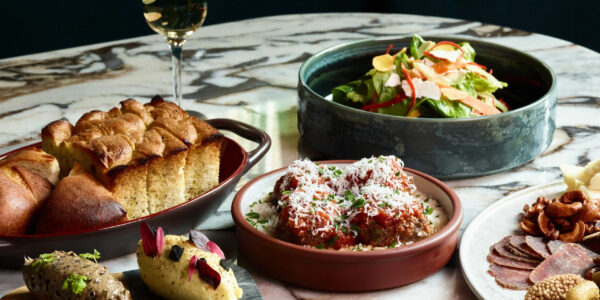
Photographer Stories
Karen Culp
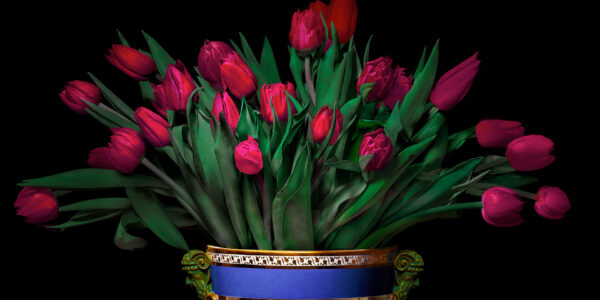
Photographer Stories
T.M. Glass: Flower portraits
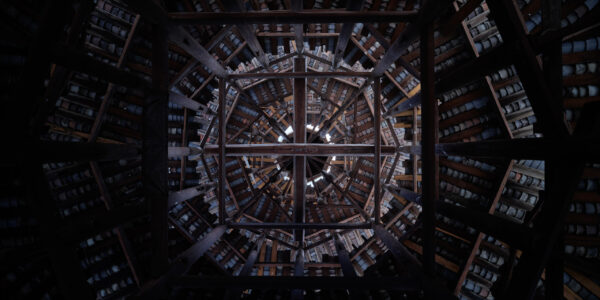
Photographer Stories
Preserving ancient Chinese buildings – Dong Village
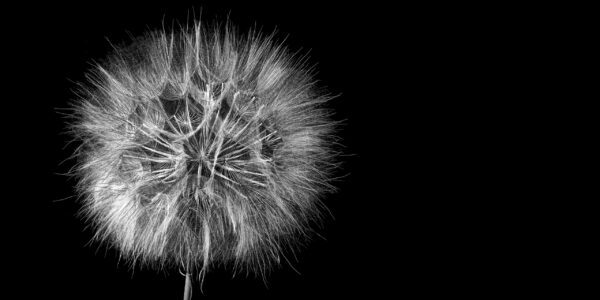
Photographer Stories
Jeff Puckett – The Art of Photogravure
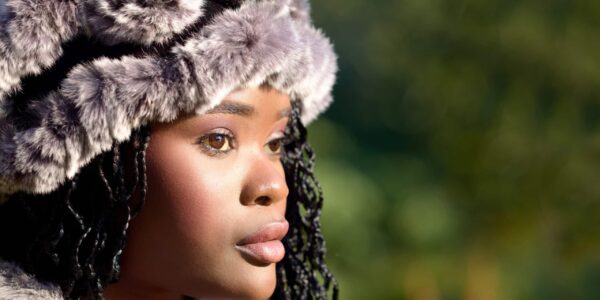
Photographer Stories
Carollyne Sinclaire – A Portrait of the Heart
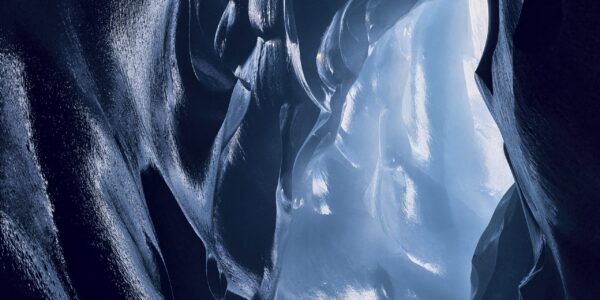
Photographer Stories
A photograph can freeze time. Can it also mobilize human action?
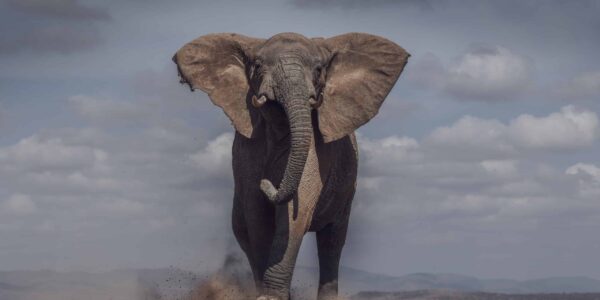
Photographer Stories
Guadalupe Laiz – Up Close and Personal
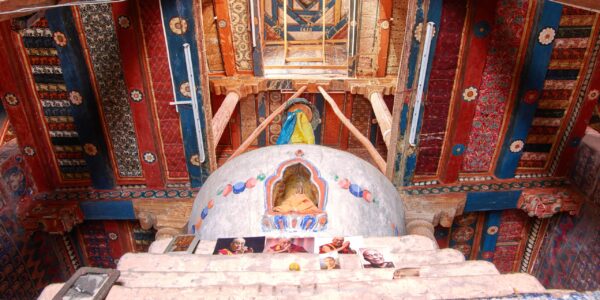
Photographer Stories
How Did a Remote Himalayan Monastery Show Up in New York City?
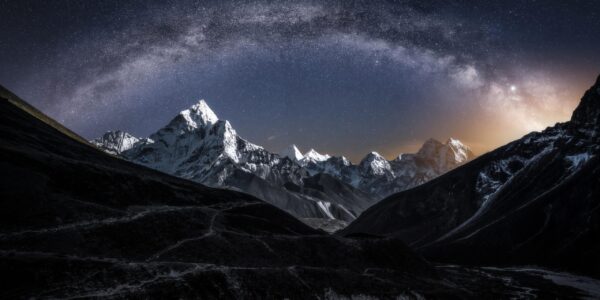
Photographer Stories
Thomas Biasotto Moments beyond Imagination
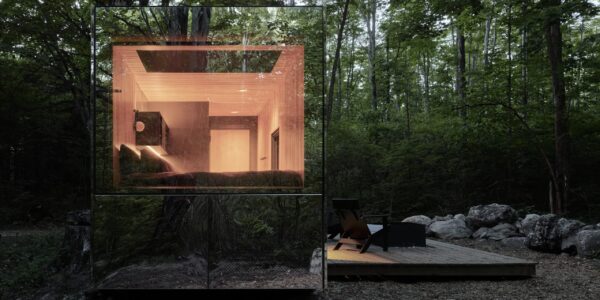
Photographer Stories
Photographing the invisible
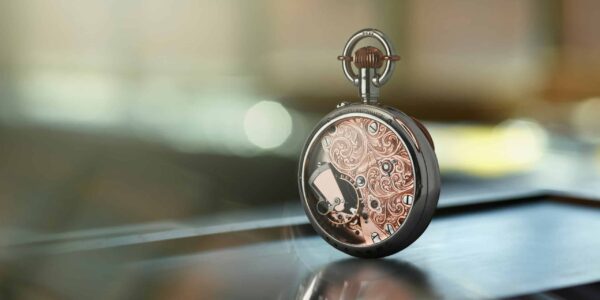
1-Minute Inspiration
Young and Hungry – Upgrading your career and kit with Phase One
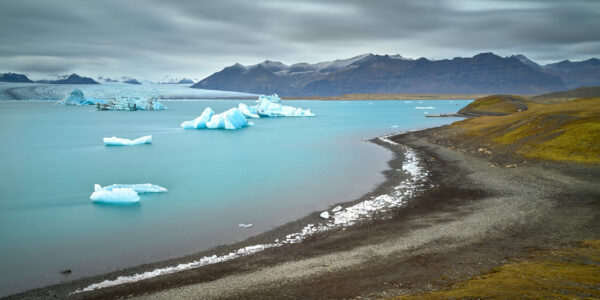
Photographer Stories
Iceland through the lens
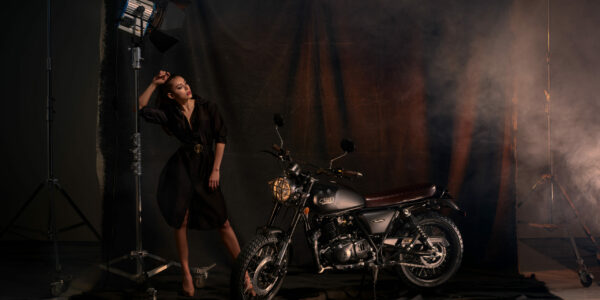
Photographer Stories
Composing soft even lighting in photography
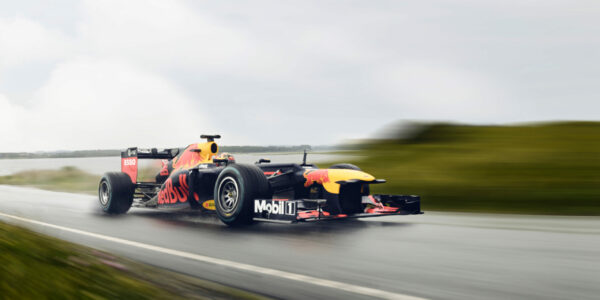
Photographer Stories
Capturing that Split Second – A Formula 1 Car Photo Shoot
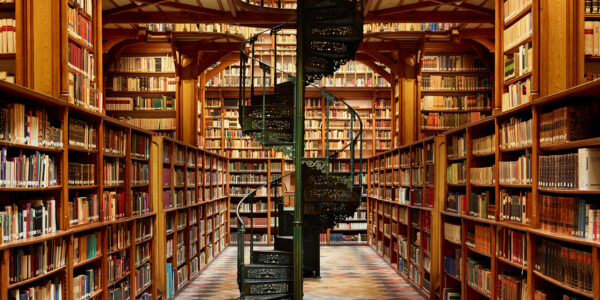
Photographer Stories
Cathedrals of Knowledge – Photographing Tranquil Oases with Daniel Zielske
